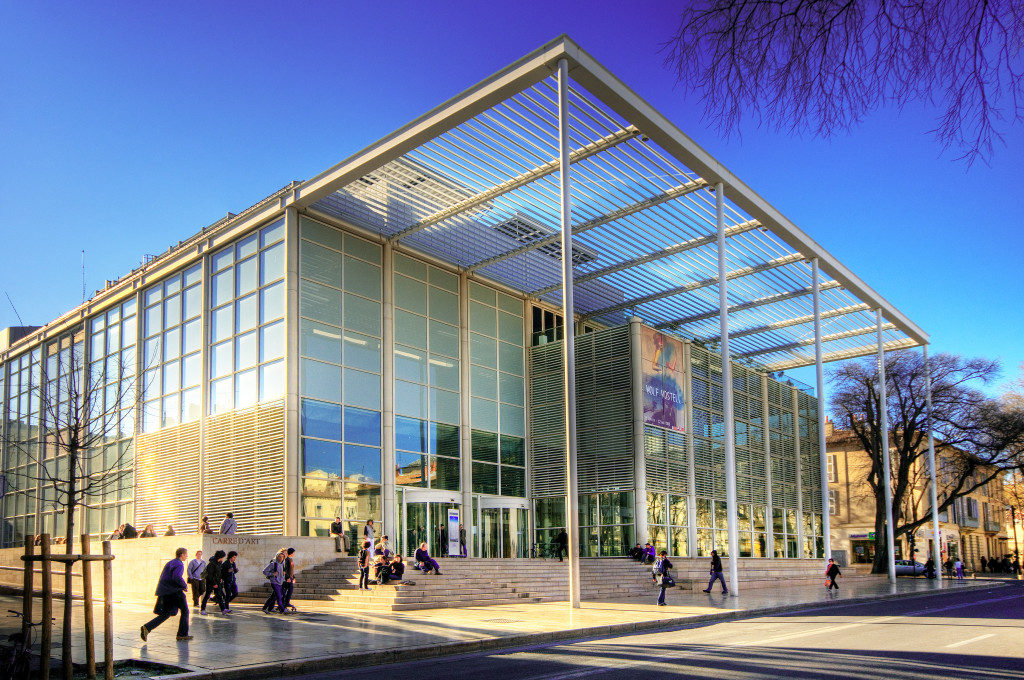Uses of BIM for Facility Management
The merging of information technology and facilities management is an inevitable trend nowadays. Making more energy efficient, more productive and more comfortable buildings for tenants and operators are the main goal of facilities managers. Smart buildings can solve all such challenges at a lower cost of ownership, while conventional system fails. Building information modeling is one such tool in the smart building repertoire.
As building information modeling (BIM) manifests a structure to create a model digitally, the construction companies can use it across the entire building lifecycle to monitor and share information. Increased efficiency of information-sharing between the contractors and multiplicity of parties that collaborate to build facilities is the most important advantage of this approach. As a result of BIM’s collaborative approach, the redundancies and communication loop are reduced that will lead to lowering of ongoing maintenance and energy costs.
BIM helps integrate, visualize and optimize all planned systems even before construction starts. As the construction industry has a highly fragmented nature, it requires a centralized platform for information-sharing and control. The complexity of facilities especially in luxury, high-tech or specialized facilities are increasing nowadays and so the sheer volume of disciplines needed for designing and building a quality facility is also large and growing. Instead of the traditional spider web of individual firms all communicating independently, BIM for facility management provides one forum for collaboration. The dynamic nature of BIM ensures that it never becomes less useful or obsolete due to outdated records, as it incorporates changes and modifications made over the years.
Building owners and operators try to reduce the energy usage and environmental impact. BIM enables simulated testing and analysis of building systems before construction. BIM also guarantees expected performance and changes under-performing systems before they are installed by taking adequate measures.
BIM for Facility Management for Existing Facilities:
BIM can be used even in existing facilities even though they are built without using an integrated, three-dimensional, digital model. BIM model can be generated from an existing facility with the use of original and retrofit design plans. BIM has the ability to trace contracts and performance over the lengthy period of facility usefulness. With BIM model it becomes easier to review contracts and ensure fulfilment.
The majority of expense associated with building management is for ongoing costs of maintenance and energy use and not for the design-build stage. The advanced building technique like BIM for facility management helps in huge cost-savings throughout the course of the building’s lifecycle.
“BIM (Building Information Modeling) also makes the building a more desirable or pleasant place to work or live.”
